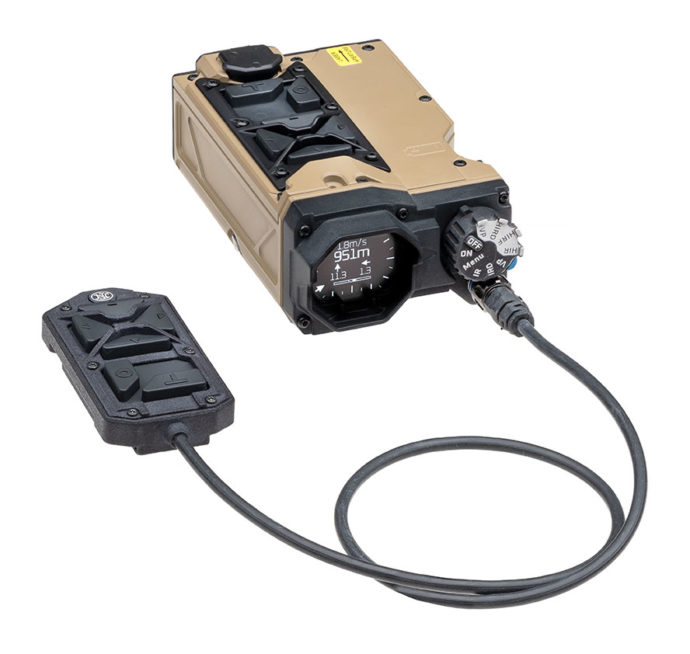
Use the ones that feel best to you.Ģ – Again, use spin wisely. BUT BEWARE AS THE BAR MOVES AT LIGHTENING QUICK SPEED!Ħ – Best used close to green, off the tee (once you get to a higher level) and occasionally on the green – if your partner leaves you a 40ft chance!ġ – Try out different irons. A sand wedge has very little roll, but maybe an AW or PW hit at a lower % will achieve a better outcome.ĥ – You can chip on the greens and use Alt + G to get the green contour. Try using different wedges at different percentages and see the difference. Play about with spin on your own and see what happens.Ĥ – Practise with imagination. If chipping to a raised green, use backpin with caution. There is nothing more frustrating than driving to within 10 yards fo the green and ballooning your chip 8 yards past!ģ – Use spin wisely. As your stats change, your distances will as well. Peacocks, Tempests and Hurricanes are also good.Ģ – Chart your wedges REGULARLY. I use Werdani wedges as they have a slow bar but are expensive to buy. a 6 yard downhill putt needs less % than an uphill putt.Ĩ – Uphill putts react less to green countours than downhill puttsĩ – Try out different putters and see which one suits bestġ – Get a good set of wedges. if you think its 40% 3 right, go 4 right and it will be a better aim.ħ – Uphill putts need more juice than downhill putts – i.e. Driving’s for show, putting’s for dough!ġ – I prefer to navigate using the mouse, but you can use the cursor keys (left and right arrows).Ģ – Best to practise this on the easy courses – Alf or Sosori as they have pretty flat greens.ģ – Get to know your putting distances by percentages, and write them down if you feel it helps.Ĥ – It’s handy to note that if putting from the Green Edge, use Alt + G to get the green contour.ĥ – Remember that if you are putting from the Green Edge and your putt it over 12 yards, there is a high chance of a shank.Ħ – If putting from the Green Edge, the ball will react more to the contours of the green – i.e. I have to say it’s probably the most important aspect of the game.

Change the atmospheric fraction lever to see how this influences your results.Shot Online General Gameplay Guide by Smashed To do this calculation, we've assumed that the fraction of emitted CO2 which goes into the atmosphere remains constant at about 0.44, but climate models suggest that this fraction is likely to increase for high-emission pathways. These are "back of the envelope" calculations which don't involve the use of any climate models, just the basic physics of energy and heat transfer. These results are not taken from the more complex IPCC modelling. These are simple calculations using basic physics. The total rise in sea level could therefore be XXXXm. The fraction of this energy which falls on the ocean would cause it to expand, giving about an additional XXXXm of sea level rise. the fraction of this energy which falls on the ice sheets would be enough to melt XXXX of ice by 2100, which would cause about XXXXm of sea level rise. the total amount of extra energy trapped due to human emissions of CO2 since 1870 is about XXXX by 2050 and XXXX by 2100 The order of magnitude impacts of your pathway are: The constant 3.71 comes from the latest IPCC report.

We can calculate the extra energy trapped by the extra CO2 generated in your pathway, by using Arrhenius' formula for the rate of heat trapping, Q = 3.71 x ln (C/C_0) Joules of energy per square meter per second. These different approaches have demonstrated that our emissions of greenhouse gases (mainly carbon dioxide) will result in global net warming and therefore local changes to weather patterns. Since then, this principle has been tested by scientists using laboratory experiments and computer simulations. Who also noticed that our burning of fossil fuels would release carbon dioxide and warm the planet. The principle of the greenhouse effect was first put forward in the 1800s by scientists including Joseph Fourier and Svante Arrhenius ,


 0 kommentar(er)
0 kommentar(er)
